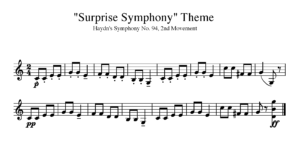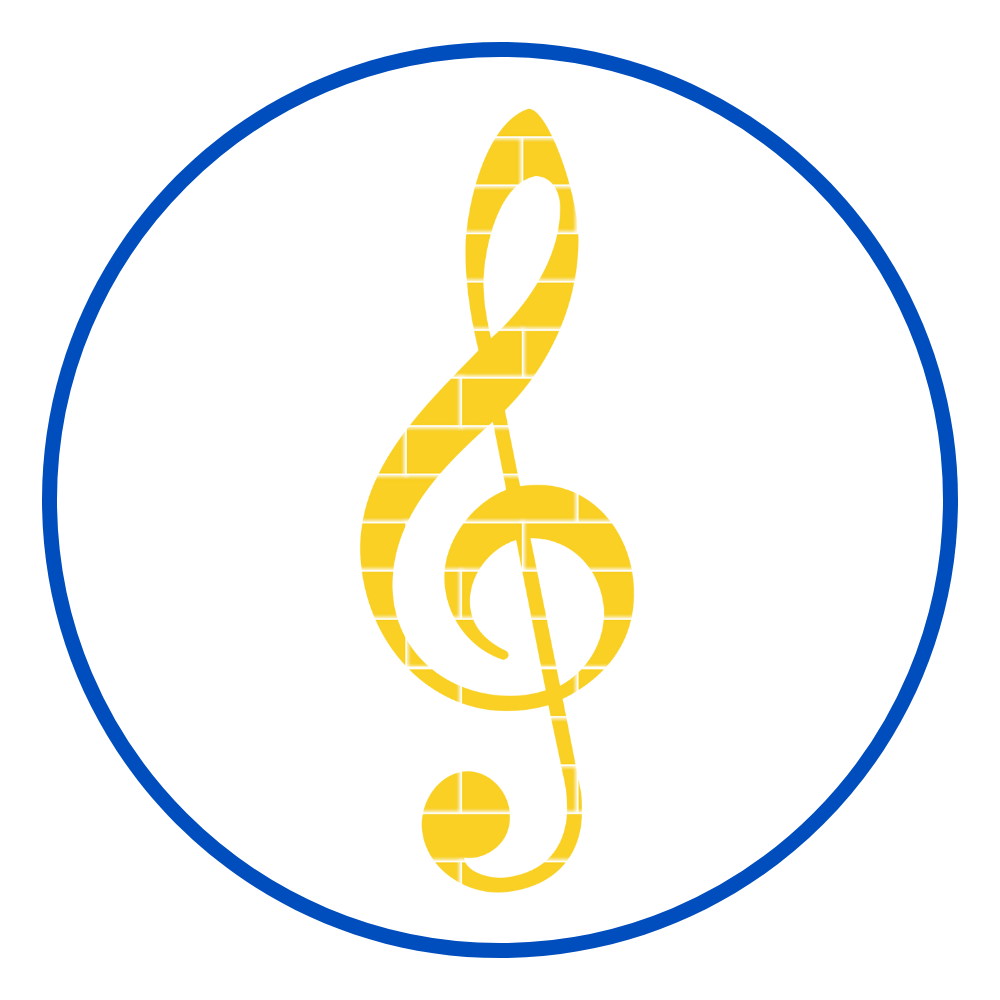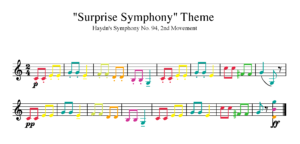This week I’m bringing you another post on ideas to incorporate art music into your classroom. You can read my last post on this topic here. As before, I’m pulling resource material from this album. Though there are many pieces I played year after year in my classroom, Haydn’s Symphony No. 94 in G Major was one of the most loved by my students, in part because of its apt nickname; “The Surprise Symphony”. I think this piece can be used at any time of the year, but with Halloween quickly approaching, you may want to save it for October.
INITIAL HEARING
This piece has a hook that brings you back that makes students want to listen to it repeatedly. Every year I played the “surprise” portion of this piece for my students, and I never tire of seeing their reactions. They LOVED it! They would ask me to play it again and again, always trying to anticipate the surprise. They never failed to remember it the following year.
Playing only the portion with the surprise will work to your advantage, because they will begin to internalize the main theme without even realizing it. Once they can identify the theme, it will be much easier for them to listen to the whole piece, as they will be able to hear that theme return throughout.
SINGING
As the students listen to the piece, ask them to hum along. For reference, I’ve included the theme as it’s played at the beginning, and stopping after the first surprise. Have them listen several times. To keep them engaged, you may ask them to move around the room with the steady beat, showing the dynamics as they go. Most students will choose to tiptoe softly to the beat, then jump in the air during the surprise. Once you hear them humming/singing along confidently, it’s time to move on to the instrument portion of the lesson.
INSTRUMENTS
The main theme can be played on any pitched percussion instrument (assuming that it includes F sharp). This is a great opportunity to get out the Boomwhackers or colored bells. I’ve included colored notation below, which you can project on your board for your students to follow along.
If you’re working with older or more advanced students (or if you have a large block of time), you could use Orff instruments. If you’re short on Orff instruments, you could always pair students up to share one instrument and have them play four measures each. For added emphasis on the last note, some students can shake tambourines or maracas.This would also be a good time to discuss the importance of rests. Once they’ve played through the theme a few times, they will begin to understand that the rest is part of what creates anticipation for the surprise at the end.


2 Responses
Wow! I really appreciate this lesson idea. I know that many people shy away from art music in the elementary classroom. I really like that you connected the lesson to Halloween with the surprises; I'm sure that goes over well with the students. I especially appreciated your use of movement in the plan.
Thanks for commenting! I really appreciate it 🙂